is he whale, or is he human?
Over the weekend, I took the time to watch Gabriela Cowperthwaite’s ‘Blackfish.’ While I found the documentary to be interesting at its face-level, I can see why it was overlooked by the Academy when Oscar Season sprung upon us in late November. In essence, while the film attempted to portray a two-fold argument, it failed in presenting a double-sided argument which accounts for both sides of the story.

Blackfish’s opening alone is enough to get the viewer immediately hooked. Cowperthwaite juxtaposes the 911 voice call audio with the footage of what the viewer suspects will be the infamous YouTube video documenting the 2010 death of Seaworld Trainer, Dawn Brancheau. However, it is not. The user-generated video footage is revealed to be a normal, fantastical Orca trick. This just makes us, as the viewer, hungry for more. Following this tease, they don’t even start with this large event – the event that arguably, sparked the film. They begin to break down Seaworld, and they do this by establishing the scope with which we are about to experience at ‘insider’ look at Seaworld. We get a ‘personal’ tale from previous Seaworld Trainers (established as ‘unqualified’ by their documentary introductions). We sense a feeling of regret and wrongness from their voiceovers from their film. Clearly the antagonist here is Seaworld. However, taking that approach would seem much too corporate. Cowperthwaite needed a better angle – a more human angle. That angle came in Tilikum – Seaworld’s supposed ‘killer breeder.’ He takes the shape of the film’s anti-hero. But is he really a hero?
The major film elements utilized in Blackfish are numerous. However, the ones that really make an impact are the user-generated found footage, the audio voice recordings (with no visuals), and the interviews. The interviews allow the viewer to attach onto a personal story and opinion – a first-hand account, if you will. These interviews also filter through and show the level of Seaworld’s ‘manipulative’ tactics, especially in their depictions of why they bought Tilikum in the first place and how his presence was explained to the trainers. You also see the self-regret of these people giving the interviews, which makes their stories more believable. The found footage allows you to see it as it was. The film boldly shows footage of several of Tilikum’s killings – namely, one at a Canadian seapark called ‘SeaLand of the Pacific.’ They show the footage, typically following interviews with people that witnessed it – it’s proclaiming that these were real events. It really puts an emphasis on the fact that these events actually did happen. It’s much different reading about the death of a 13-year old, and seeing it through the shaky hands of a presumably old-school video camera.

However, while Tilikum’s story is interesting and heartbreaking and surprisingly scary – this is not the story that made me regret my 2013 spontaneous Christmas trip to Seaworld. Cowperthwaite had to establish what the ‘whale’ was exactly. Why was it important that Tilikum was human-like and intelligent? Because we had to make the connection between human and whale – so we could relate to them on that level, and see them in our scope of thinking. This heightened the argument against Seaworld. We, as viewers, are almost forced to adopt a care-based ethical approach to Cowperthwaite’s argument. The scene in particular that really touched me, and caused me to remember this documentary was their depiction (both through interviews and found footage) of a mother whale being separated from her daughter. They spoke a lot leading up to this sequence about how whales have their own language and how we’ve been working to study it. They described the sounds the mother whale made after her daughter was moved to a different park as ‘unheard of.’ She reached a scale of sound that no whale had ever been recorded making before —- in an effort to recall her lost child. This was the scene that resonated with me most. This was the reason this ‘presentation’ was evocative.

After watching this film, I know that it’s important to make sure that whatever the topic it is – it must be relatable, and it must be so on some type of emotional level. I’ve found that funny and sad are the emotions that resonate with me. However, a range of emotions is better. There’s a reason that stories always follow an arc. We’re in disarray, we find a sense of union with ourselves, then it’s disrupted to finalize in some type of conclusion. I need to be able to incorporate this arc into every presentation, so that I can take my audience through a full set of emotional reactions. My next presentation very well may be our final on Budweiser. I’m sure the possibilities for a range of emotions are endless – maybe.



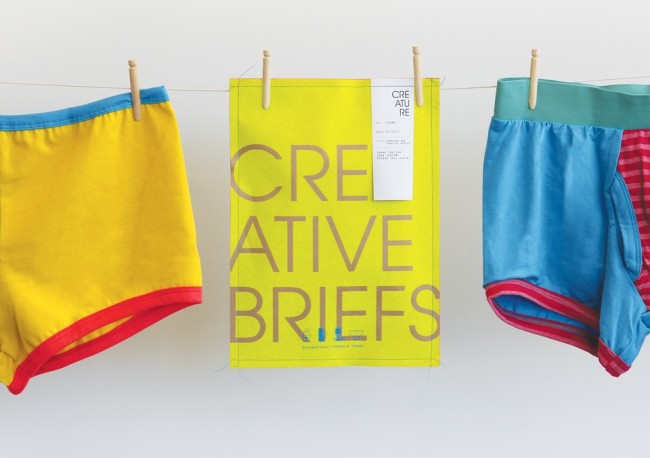
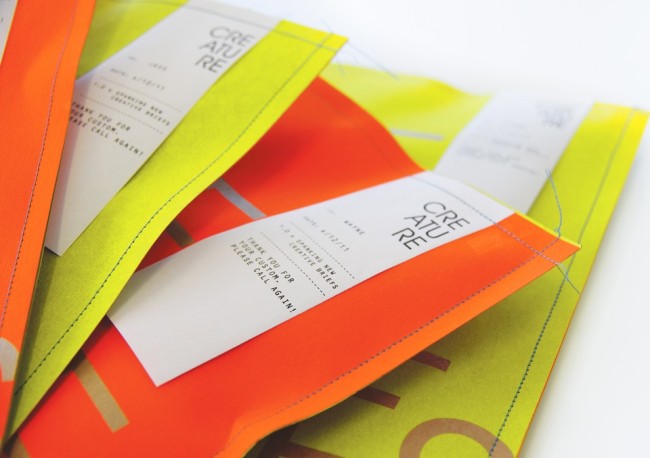


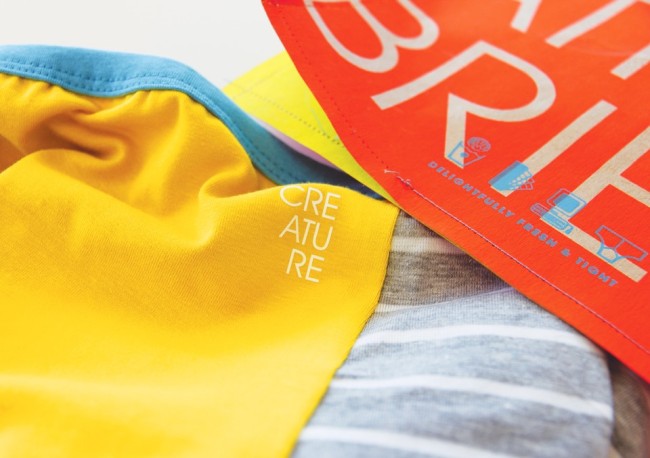
 (Looks sad, doesn’t it?)
(Looks sad, doesn’t it?) (Even just a little more inspiring, right? And all it’s got is ketchup)
(Even just a little more inspiring, right? And all it’s got is ketchup) (Anyway, so inspired I can’t finish this post.)
(Anyway, so inspired I can’t finish this post.)
 (Pertinent, yes?)
(Pertinent, yes?) (I know this is from Facebook —
(I know this is from Facebook —

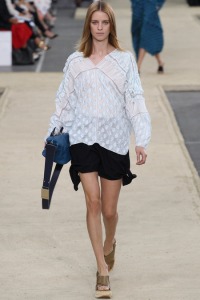
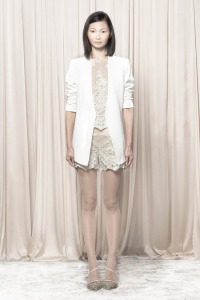

 (Thought this was relevant, and kind of funny)
(Thought this was relevant, and kind of funny)